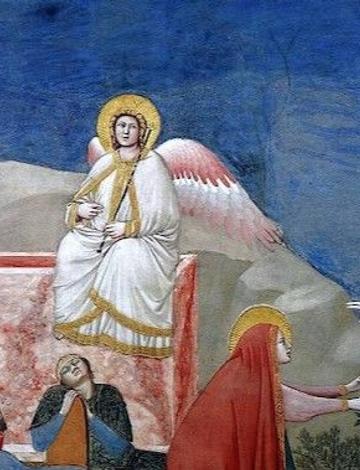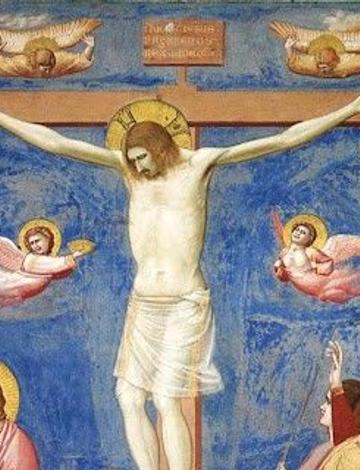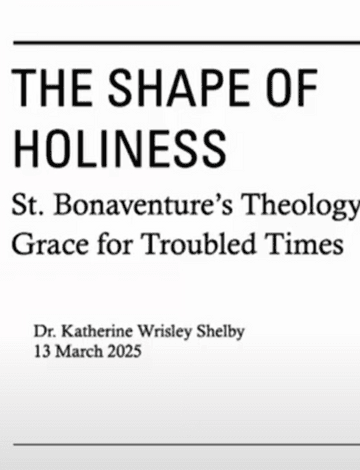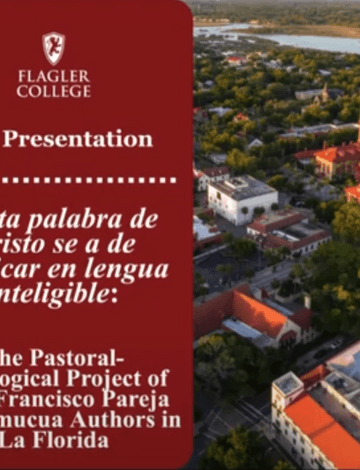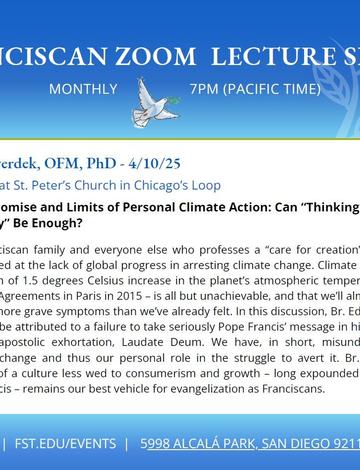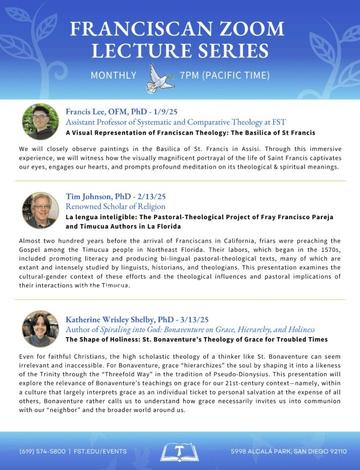
"The Promise and Limits of Personal Climate Action: Can 'Thinking Globally, Acting Locally' Be Enough?" by Ed Tverdek, OFM, PhD, is the latest lecture of the Franciscan Zoom Lecture Series, hosted by the Franciscan School of Theology at the University of San Diego.



